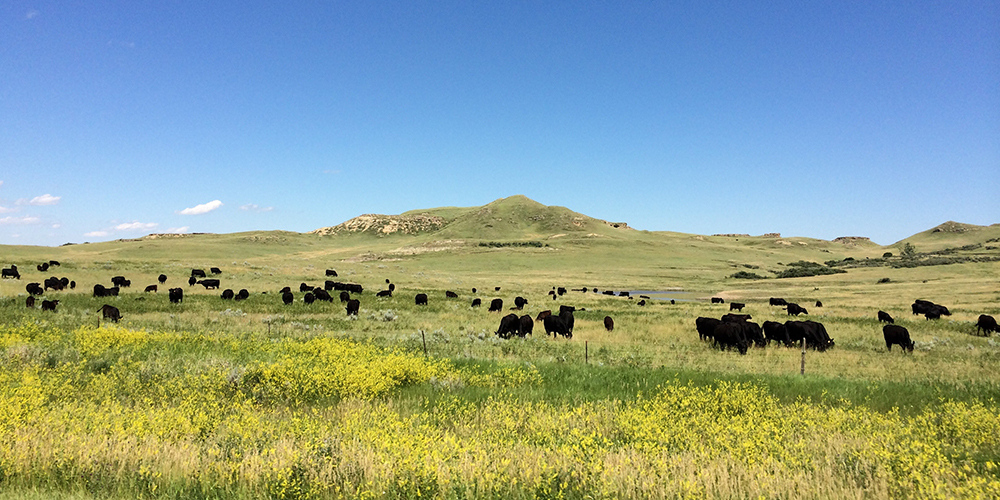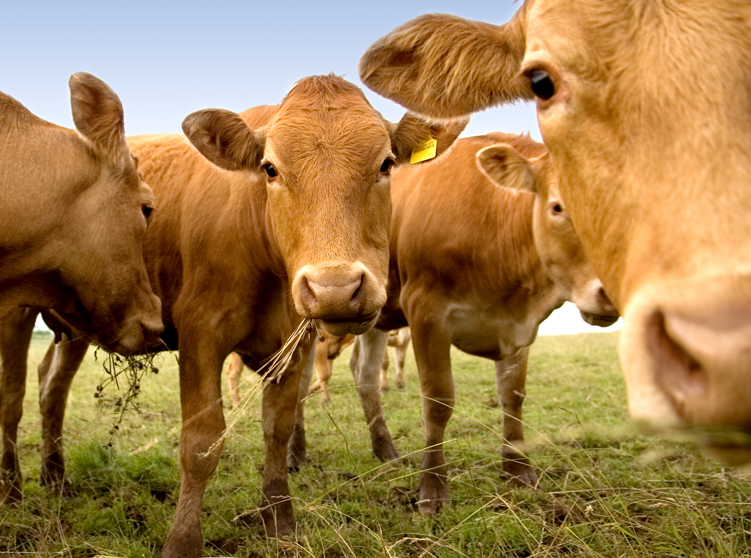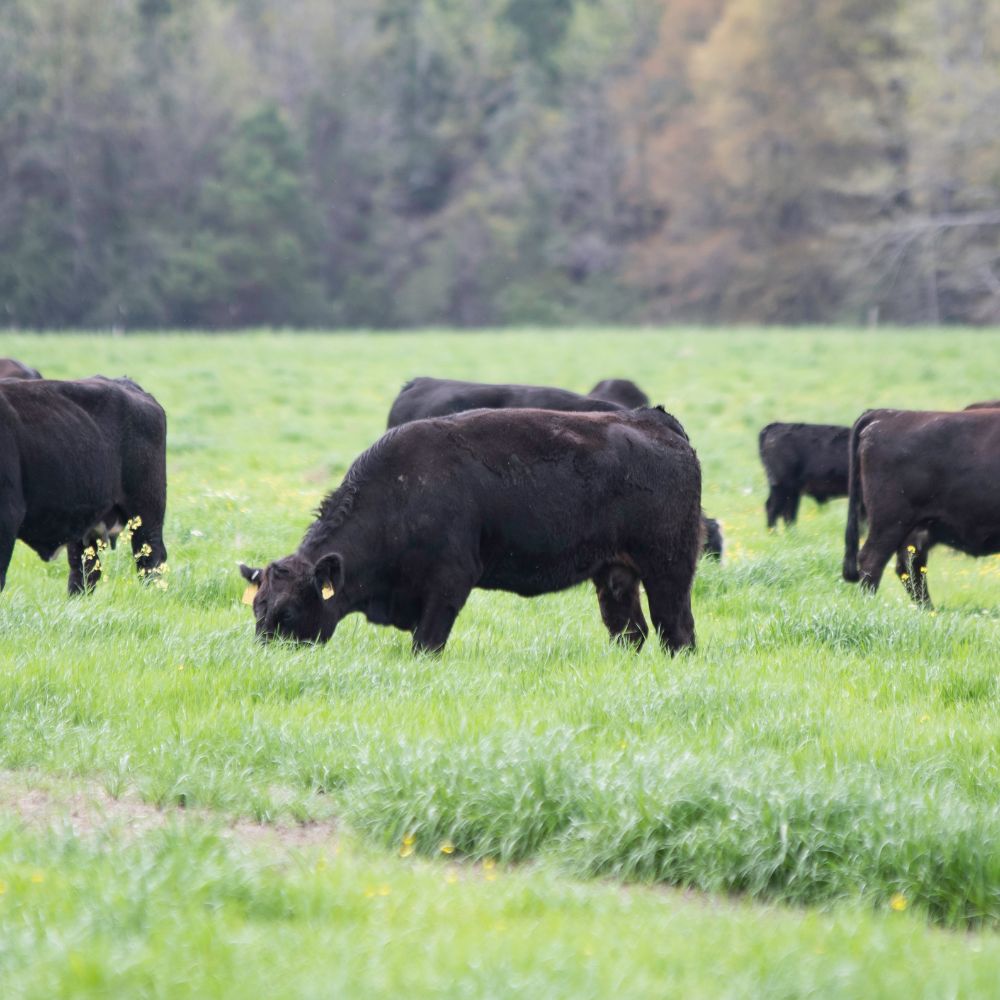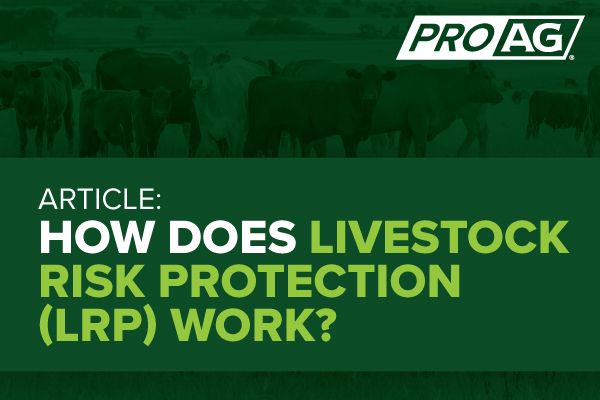Understanding Animals Risk Protection (LRP) Insurance Policy: A Comprehensive Overview
Navigating the world of livestock risk security (LRP) insurance policy can be a complex endeavor for several in the farming field. From how LRP insurance coverage operates to the different coverage options offered, there is much to discover in this detailed overview that might potentially shape the method livestock producers come close to risk management in their companies.

Just How LRP Insurance Policy Works
Occasionally, understanding the auto mechanics of Livestock Danger Security (LRP) insurance coverage can be complicated, yet damaging down how it functions can offer clarity for farmers and herdsmans. LRP insurance coverage is a threat management device developed to secure livestock manufacturers against unanticipated price decreases. The policy permits producers to set an insurance coverage level based upon their details requirements, selecting the variety of head, weight array, and protection rate. When the plan is in area, if market prices drop below the protection rate, producers can submit an insurance claim for the difference. It's vital to keep in mind that LRP insurance policy is not an income warranty; instead, it focuses entirely on rate threat security. The insurance coverage period generally varies from 13 to 52 weeks, providing versatility for manufacturers to choose a duration that lines up with their production cycle. By making use of LRP insurance, ranchers and farmers can alleviate the economic threats related to rising and fall market value, making sure better stability in their operations.
Qualification and Coverage Options

When it comes to coverage choices, LRP insurance policy uses producers the versatility to select the protection degree, coverage period, and endorsements that finest suit their danger monitoring needs. Coverage degrees usually vary from 70% to 100% of the anticipated ending value of the insured livestock. Manufacturers can also choose protection periods that straighten with their manufacturing cycle, whether they are guaranteeing feeder livestock, fed cattle, swine, or lamb. Endorsements such as price risk protection can even more customize insurance coverage to secure versus damaging market fluctuations. By comprehending the eligibility requirements and insurance coverage options offered, livestock manufacturers can make educated choices to handle danger properly.
Pros and Disadvantages of LRP Insurance Policy
When reviewing Livestock Risk Defense (LRP) insurance, it is vital for animals manufacturers to evaluate the benefits and downsides inherent in this threat administration tool.

One of the key benefits of LRP insurance is its ability to offer protection versus a decline in livestock costs. In addition, LRP insurance offers a level of flexibility, allowing producers to customize insurance coverage degrees and plan periods to suit their particular needs.
One restriction of LRP insurance policy is that it does not shield view website versus all types of dangers, such as disease outbreaks or all-natural disasters. It is crucial for manufacturers to very carefully assess their specific risk direct exposure and financial scenario to figure out if LRP insurance coverage is the appropriate danger monitoring tool for their procedure.
Understanding LRP Insurance Coverage Premiums

Tips for Optimizing LRP Conveniences
Maximizing the benefits of Livestock Risk Defense (LRP) insurance policy requires critical preparation and positive danger monitoring - Bagley Risk Management. To make the many of your LRP protection, take into consideration the following ideas:
Consistently Examine Market Problems: Remain notified about market patterns and rate fluctuations in the livestock market. By keeping an eye on these factors, you can make informed decisions about when to buy LRP insurance coverage to protect versus prospective losses.
Set Realistic Coverage Levels: When selecting coverage degrees, consider your production expenses, market value of livestock, and prospective threats - Bagley Risk Management. Establishing reasonable insurance coverage levels makes sure that you are effectively safeguarded without overpaying for he said unnecessary insurance
Expand Your Protection: As opposed to relying entirely on LRP insurance coverage, take into consideration expanding your threat management techniques. Integrating LRP with various other risk management tools such as futures contracts or choices can offer thorough protection against market unpredictabilities.
Testimonial and Adjust Protection Regularly: As market problems alter, occasionally examine your LRP coverage to guarantee it lines up with your present risk exposure. Readjusting coverage degrees and timing of acquisitions can assist maximize your threat defense technique. By following these tips, you can take full advantage of the advantages of LRP insurance coverage and protect your livestock operation against unexpected threats.
Verdict
Finally, livestock risk security (LRP) insurance is a beneficial device for farmers to take care of the economic risks related to their livestock procedures. By understanding how LRP functions, eligibility and insurance coverage choices, in addition to the pros and cons of this insurance, farmers can make informed decisions to safeguard their resources. By thoroughly considering LRP costs and executing methods to maximize benefits, farmers can alleviate potential losses and guarantee the sustainability of their operations.
Animals manufacturers interested in acquiring Animals Danger Security (LRP) insurance policy can explore a variety of eligibility requirements and protection options tailored to their particular livestock procedures.When it comes to protection options, LRP insurance coverage uses producers the versatility to pick the protection level, insurance coverage period, and recommendations that best match their threat management demands.To realize the intricacies of Livestock Danger Security (LRP) insurance coverage fully, comprehending the factors affecting LRP insurance costs is vital. LRP insurance costs are figured out by different components, including the insurance coverage degree selected, the expected rate of livestock at the end of the insurance coverage duration, the type of animals being insured, and the length of the protection duration.Review and Readjust Insurance Coverage On a regular basis: As market conditions change, periodically examine your LRP insurance coverage to ensure it aligns with your present risk exposure.